Regulatory Support for Mobile Signal Booster Market
Regulatory support is emerging as a key driver for the Mobile Signal Booster Market, as governments and regulatory bodies recognize the importance of enhancing mobile connectivity. Policies aimed at improving telecommunications infrastructure and promoting the use of signal boosters are being implemented in various regions. This support is particularly relevant in areas with inadequate coverage, where signal boosters can provide a viable solution to connectivity challenges. Market analysis suggests that favorable regulations could lead to increased adoption of mobile signal boosters, as consumers and businesses seek to comply with new standards while improving their connectivity. As regulatory frameworks evolve, they are likely to create a conducive environment for the growth of the mobile signal booster market.
Technological Advancements in Mobile Signal Booster Market
The Mobile Signal Booster Market is experiencing rapid technological advancements that enhance the performance and efficiency of signal boosters. Innovations such as the integration of artificial intelligence and machine learning algorithms allow for smarter signal management, optimizing coverage and reducing interference. Furthermore, the development of 5G technology is driving the demand for advanced signal boosters capable of supporting higher frequencies and faster data rates. According to recent data, the market for mobile signal boosters is projected to grow at a compound annual growth rate of approximately 10% over the next five years, indicating a robust demand for these technologies. As consumers increasingly rely on mobile connectivity for both personal and professional use, the need for effective signal boosting solutions becomes more pronounced.
Increased Demand for Connectivity in Mobile Signal Booster Market
The Mobile Signal Booster Market is witnessing a surge in demand for connectivity solutions, driven by the proliferation of mobile devices and the growing reliance on mobile internet services. As more individuals and businesses depend on seamless connectivity for communication, entertainment, and work, the necessity for reliable signal strength becomes critical. This trend is particularly evident in rural and remote areas, where signal coverage may be limited. Market data suggests that the demand for mobile signal boosters has increased significantly, with a notable rise in sales reported in regions with poor network infrastructure. This heightened demand is likely to continue as consumers seek to enhance their mobile experience, thereby propelling the growth of the mobile signal booster market.
Growing Awareness of Signal Quality in Mobile Signal Booster Market
Consumer awareness regarding the importance of signal quality is on the rise, significantly impacting the Mobile Signal Booster Market. As users become more informed about the effects of poor signal strength on their mobile experience, they are increasingly seeking solutions to enhance their connectivity. This awareness is further fueled by the proliferation of online reviews and social media discussions surrounding mobile performance. Market Research Future indicates that consumers are willing to invest in mobile signal boosters to ensure uninterrupted service, particularly in areas known for weak signals. This trend suggests a shift in consumer behavior, where quality of service is prioritized, thereby driving the growth of the mobile signal booster market as users look for reliable solutions to improve their connectivity.
Expansion of Smart Homes and IoT Devices in Mobile Signal Booster Market
The expansion of smart homes and the increasing adoption of Internet of Things (IoT) devices are contributing to the growth of the Mobile Signal Booster Market. As households become more interconnected, the demand for stable and robust mobile connectivity rises. Smart devices, ranging from security systems to home automation tools, require consistent signal strength to function optimally. Market data indicates that the number of connected devices per household is expected to reach an average of 50 by 2025, further emphasizing the need for effective signal boosting solutions. This trend highlights the potential for mobile signal boosters to play a crucial role in ensuring that all devices within a smart home ecosystem maintain reliable connectivity, thereby driving market growth.


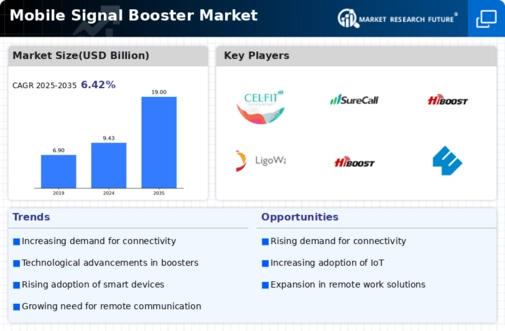
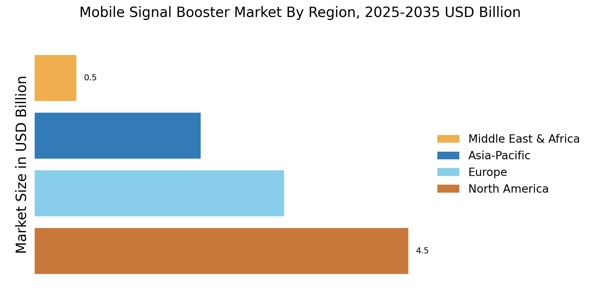
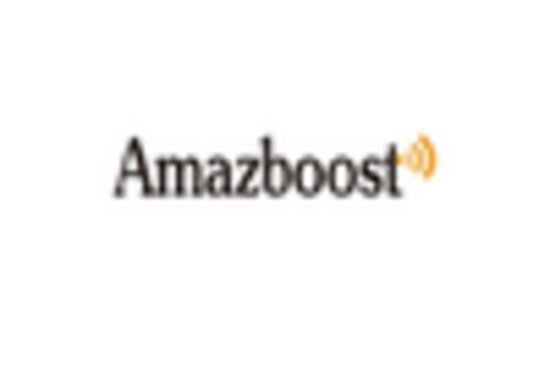
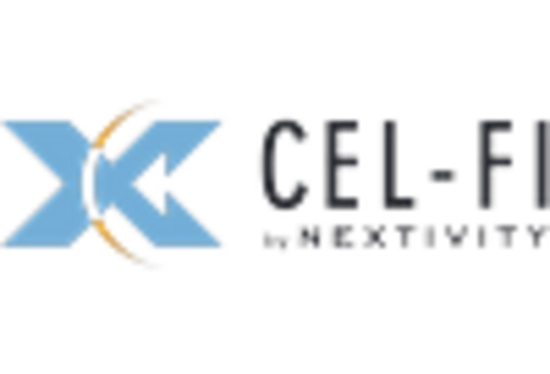
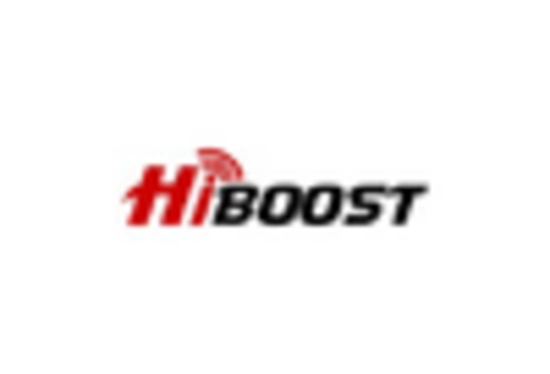
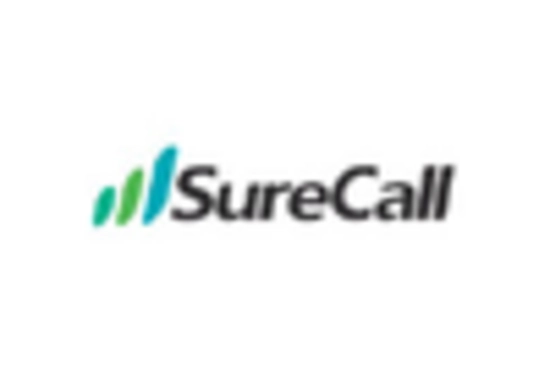
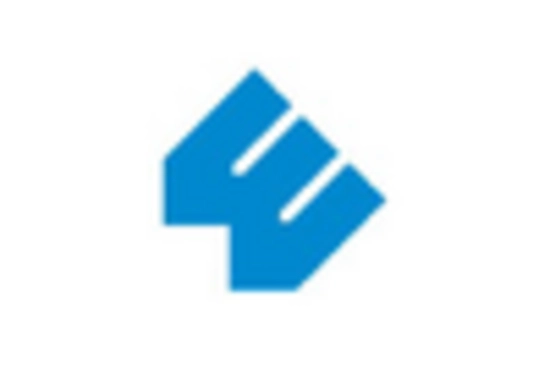
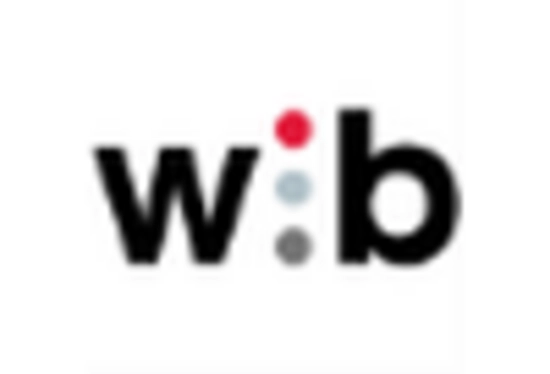








Leave a Comment